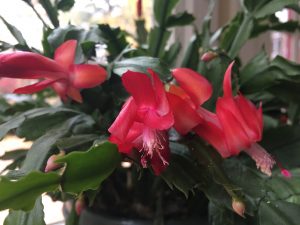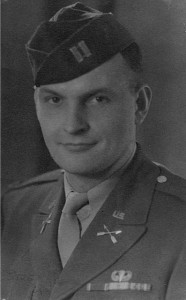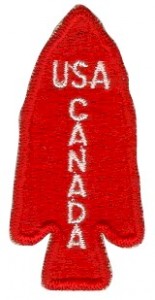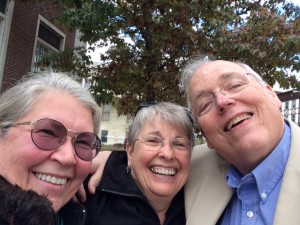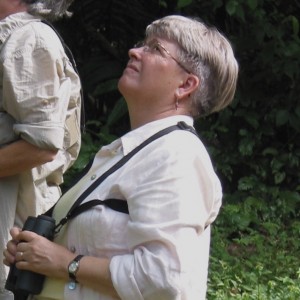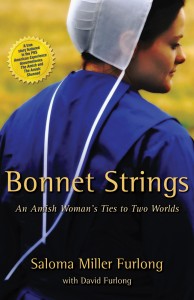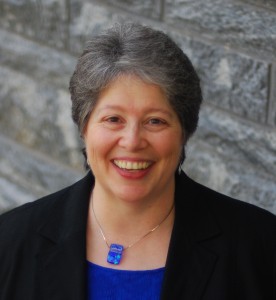I love to prepare meals and nourish my loved-ones with simple, delicious, healthy food. And I’m always happiest when the ingredients are local and organic. I especially enjoyed putting together our Thanksgiving meal last week. With my daughter, her partner, and the grandkids here, I found it especially rewarding to share the bounty of our local and organic gardens and farms.
I was first introduced to good food, when I was just a little kid. At the time I didn’t really appreciate the then yucky flavors that would one day become the those that are are my favorites. Take spinach for example. Once when I was about four years old, my mother warned me that there would be no dessert unless the spinach was gone from my plate. I hated spinach. When she wasn’t looking, I squirreled away of the dreaded green stuff by the forkful under the cushion I was seated on. I got my dessert that night, but she discovered the sticky mess the next day. I got into a bit of trouble.
These days, however, I adore spinach, especially cooked in a bit of olive oil and laced with lots of minced garlic. I also regularly add raw spinach to salads, frittatas and soups. You can never have enough leafy greens. I add garlic to almost everything I cook. When Bill and I eat out, our first critique of the food is often, “where’s the garlic?”
I haven’t cooked a huge holiday meal in many years. When it’s just Bill and me, I prepare a lovely meal, but usually without the dessert and the multiple side dishes I like to prepare. Since we both have some weight issues, one of the house rules is that if you want a something sweet after a meal, you have to go out and enjoy it at the ice cream shop, or one of the fine bakeries nearby. And only one serving, please. If we brought home whole cakes, a dozen cookies, ice-cream by the pint, or any other tempting sweet, they’d be polished off within a few eye blinks.
This year I prepared my famous pumpkin pie which includes a few secret ingredients and is loved by all who take a bite. Being gluten free, I tried a piecrust made with coconut flour this year. Though everyone else liked it, I prefer the delicious nut crust I usually make. The secret ingredients include a layer of tart orange marmalade spread onto the crust before adding the pumpkin filling, to which I have added several tablespoons of brandy. Oh my, what a treat. I think I’m going to make it for Christmas dinner as well, just because we love it so much. Then back to no dessert in the New Year.
I also managed to prepare a knock-off of our favorite stuffing with dried Gluten free bread cubes I picked up the grocery store. The great taste comes from adding butter sautéed turkey giblets, onions, and again garlic. I also add diced apples, pecans, dried cranberries, homemade bone broth, an egg or two, and fresh cut sage, thyme, and parsley from my garden. We just finished off the leftover stuffing on turkey sandwiches that we also smother with homemade cranberry sauce. Oh, my gosh, YUM!
We’ve been eating high off the hog and we’re just finishing up the leftovers. I think I’m going to make the remaining sweet potato puree into muffins or a creamy soup to which I’ll add whatever grabs my fancy at the time. To the muffins I might add some walnuts and dried cranberries, or a dollop of cream cheese. To the soup, I’ll dilute the puree a bit with bone broth or coconut milk ing add some curry powder. Chick peas would give it bit of crunch, and a handful of greens of some kind, would add more color.
Yesterday I made bone broth from all the turkey bones, leftover skin, and whatever else remained. There is enough sliced turkey left to make a warming soup, a few more sandwiches, and we’ll finish off the bits and pieces with turkey fried rice.
For me preparing food is much like making art. You take your givens and make something beautiful by adding whatever else you find in the pantry or fridge. It’s a creative act and loads of fun. Along with writing, painting, and working in the garden, I do love cooking.
Do you like to cook and experiment with different ingredients in your kitchen? What kinds of things do you enjoy preparing most?
I hope your Thanksgiving was as wonderful as mine.
Guess what? There are more holidays just around the corner!
